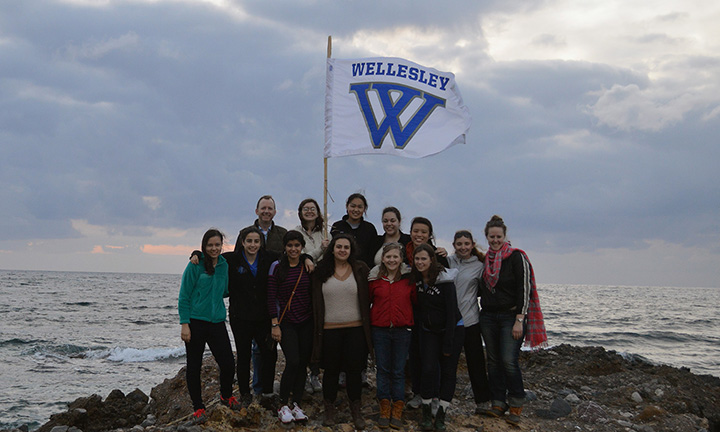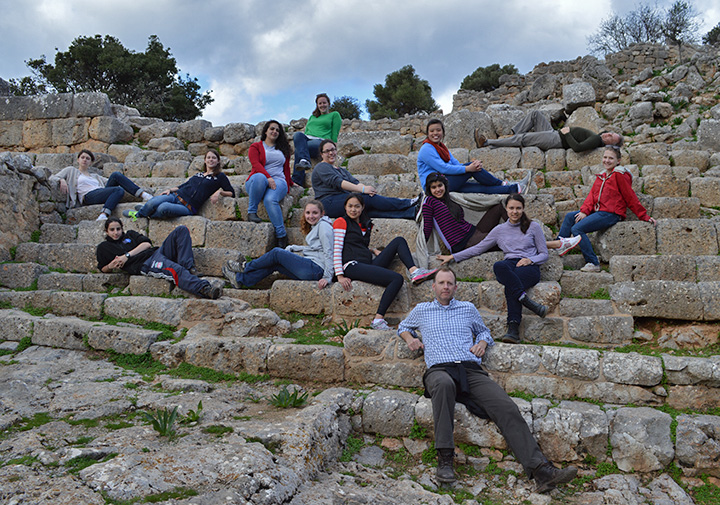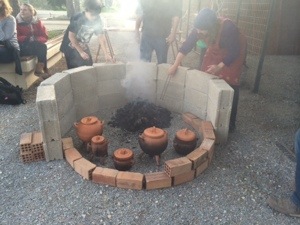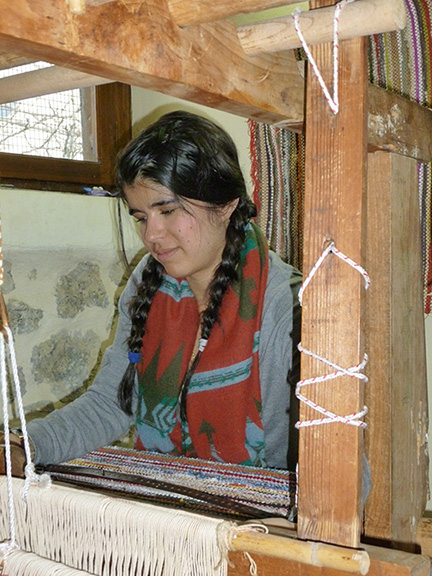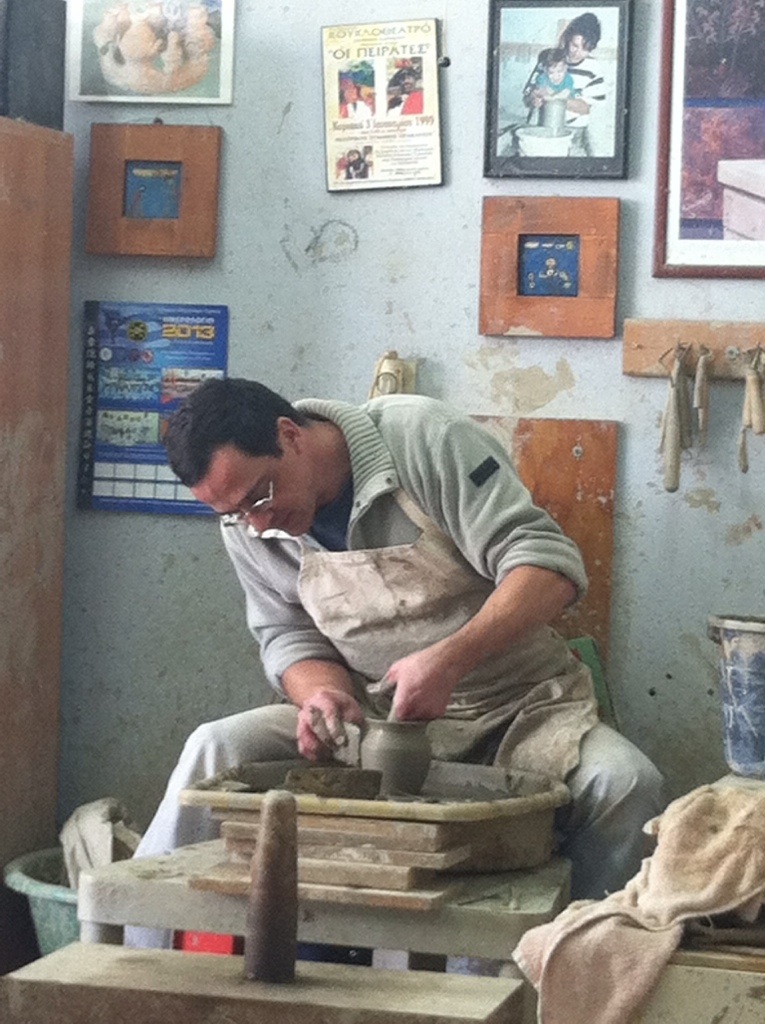Cretan food plays a very large role in the greater image of Cretan identity. After arriving to Zaros the previous night, experiencing our first flavor of Cretan hospitality, we were somewhat prepared for the quantity of food that was to come this morning.

As plates upon plates of pastries appeared from the kitchen, we wanted to try everything, and of course, show Kyria Katerina our appreciation for her cooking, which we learned to do through accepting all she had prepared and enthusiastically accepting her offer to wrap up the remainders for snacks later on in the day.
After observing the ancient city of Gortyna, the largest Roman city on Crete, we ventured to the olive groves where we were instructed on how to harvest olives to make olive oil. In ancient times, they would have picked the olives by hand; however today, they set up nets under the trees and use a whacking tool to make the olives fall. This is definitely a faster, more efficient way, but likewise, less precise and not as fruitful as a harvest. Every 5 liters of these harvested olives will produce about 1 liter of oil; none of which is wasted on Crete, for sure!
Next on our agenda was a cooking lesson with Kyria Katerina, Vivi, and Vivi’s mom. Confirming the importance of our earlier excursion, Vivi explained that in Crete they only use olive oil, never butter. In northern Greece some use butter for some things, but Cretans do not – which explains how they consume almost double the oil that mainland Greeks do. Olive oil was such an important staple to the Greek diet that in the Greek Orthodox faith we can see its inclusion in times of fasting. Before Vivi’s generation, during the Lenten period and other fasting times, they would give up any combination of meat, fish, and oil, totaling about 120 days of the year. By avoiding an ingredient as central as olive oil for the Greeks it shows the dedication to wanting to constantly observe the tradition, having to think about their choices and their meanings before, during, and after each meal. Aside from religious purposes however, this can be very good for the body, giving it a break by removing toxins.
Vivi explained that most Greek foods consist of only three to four ingredients, most of which is found in their garden – their primary ingredient, of course, being love. Our menu included: spanakopita (spinach pie,) euvarlakia (meatballs made with onion, rice, dill, and an avgolemono sauce,) dolmades made from stuffed cabbage opposed to the more common grape leaves (a winter food as Vivi explained,) stuffed tomatoes with small pasta (typically made with rice,) tiropita (with homemade filo dough by Kuria Katerina, from Keramos,) and to finish, galaktoboureiko, a milky custard cake, for dessert. Vivi remarked “when we wake up in the morning, the first thing the women think is what am I going to make today,” however; she added that with today’s cooking show media, more men are developing aspirations of being able to cook. With this, we can see the Cretan identity evolving into more modern times of greater gender equality while still maintaining their values of what is important to them.




